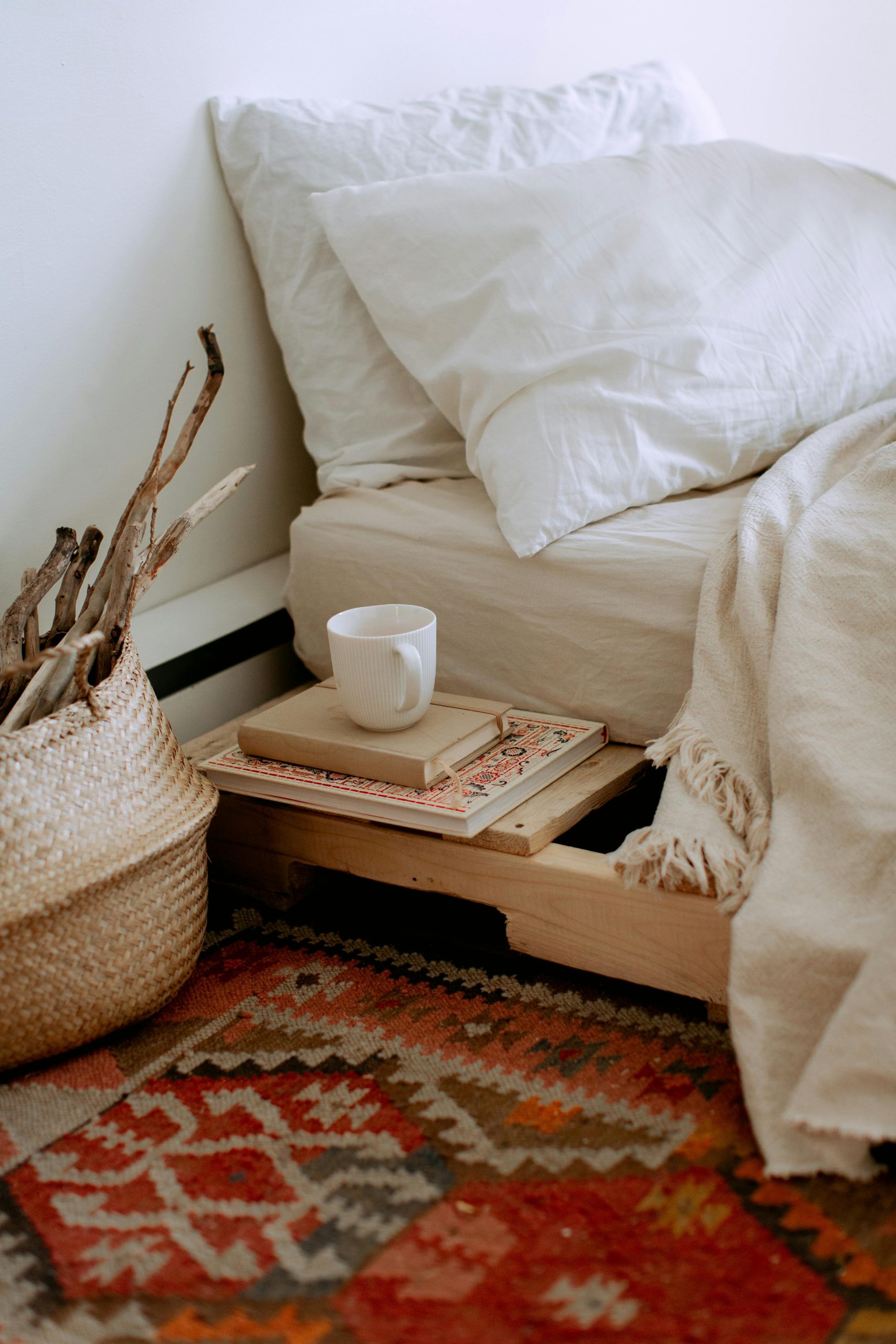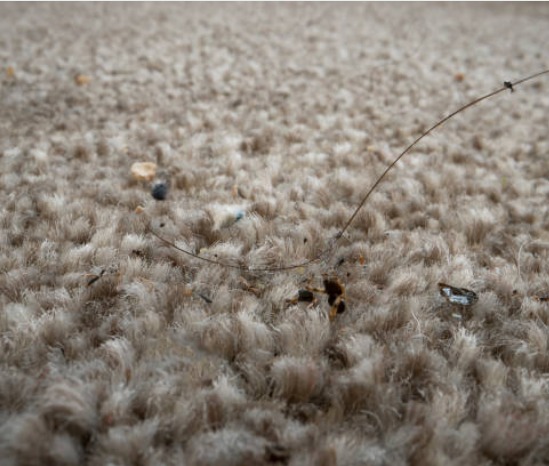Don’t Sweep it Under the Rug: Why Cleaning Matters?
The Hidden Truth About Your Rugs
Rugs do more than decorate your floors. They anchor furniture, soften footsteps, and add warmth and personality to your home. But with all that foot traffic, food spills, pet messes, and airborne dust, your rugs are constantly collecting dirt—even if it’s not always visible.
The phrase “sweep it under the rug” may have originated as a metaphor, but it reflects a common habit: ignoring what we can’t see. Unfortunately, when it comes to rugs, what you don’t see can hurt—your rug, your indoor air quality, and even your health.
You vacuum weekly, keep shoes off indoors, and tidy up regularly—so your rug looks clean, right? Not quite.
Rugs act like filters, quietly trapping:
• Dust and dirt particles tracked in from outside
• Pet hair, dander, and body oils
• Food crumbs and beverage spills
• Skin flakes and allergens
• Mold spores from moisture exposure
Over time, these contaminants build up deep in the fibers. The result? A rug that appears clean on the surface but is harboring layers of grime beneath.

Rugs and Indoor Air Quality
A neglected rug doesn’t just impact aesthetics—it affects your health, too.
When dust, allergens, and bacteria settle into the rug, they don’t stay put. Every time someone walks across it, microscopic particles are kicked back into the air. This can worsen indoor air quality and trigger symptoms like:
• Sneezing, coughing, or sinus issues
• Itchy eyes or skin irritation
• Allergy flare-ups or asthma attacks
• Headaches or fatigue, especially in closed rooms
Homes with pets or children are especially vulnerable. Kids spend more time playing on rugs, and pets can carry in even more allergens and bacteria from outside. Regular cleaning helps maintain a healthier, more breathable living space for everyone.


D.I.Y Vacuuming Isn’t Enough
While weekly vacuuming is essential for rug maintenance, it only removes surface-level debris. Most home vacuums don’t have the suction power or specialized attachments needed to reach the deep layers of dirt embedded at the base of the rug.
Even more problematic? D.I.Y steam cleaners or rental machines often leave rugs damp and soapy—inviting mold growth or residue buildup.
Professional cleaning, on the other hand:
• Extracts soil from the deepest layers
• Removes odors and bacteria safely
• Protects the rug’s dye and fiber integrity
• Ensures complete drying to prevent mold
The difference is noticeable in texture, scent, and appearance.
Don’t Let Grime Build Up Out of Sight
Rugs don’t shout for help when they’re dirty. They quietly absorb everything from pet accidents to foot traffic to airborne dust, creating a hidden ecosystem of wear and allergens. That’s why regular, professional rug cleaning matters—not just for looks, but for longevity, comfort, and indoor air quality.
If it’s been a while since your last rug refresh, now is the perfect time to act. Don’t wait for stains or smells to tell you something’s wrong. Keeping your rug clean is one of the simplest ways to protect both your home and your health.
How Routine Care Can Protect your Home and your Investment?
You vacuum weekly, keep shoes off indoors, and tidy up regularly—so your rug looks clean, right? Not quite.
Rugs act like filters, quietly trapping:
• Dust and dirt particles tracked in from outside
• Pet hair, dander, and body oils
• Food crumbs and beverage spills
• Skin flakes and allergens
• Mold spores from moisture exposure
Over time, these contaminants build up deep in the fibers. The result? A rug that appears clean on the surface but is harboring layers of grime beneath.

Dirty Rugs Don’t Just Look Bad—They Break Down Faster
Aside from looking dingy, a dirty rug deteriorates faster than a clean one. That’s because the debris trapped in its fibers acts like sandpaper. With every step you take, those gritty particles rub against the weave, wearing down the fibers and damaging the backing.
Left untreated, this can cause:
• Thinning or balding patches
• Frayed edges and curling corners
• Stiff, brittle texture
• Weakening of dyes and faded color
In other words, when you skip regular cleanings, you’re shortening your rug’s life—even if it doesn’t look dirty yet.
